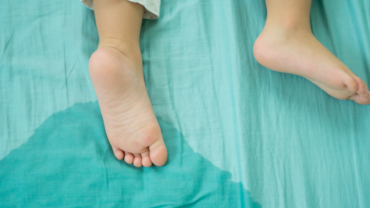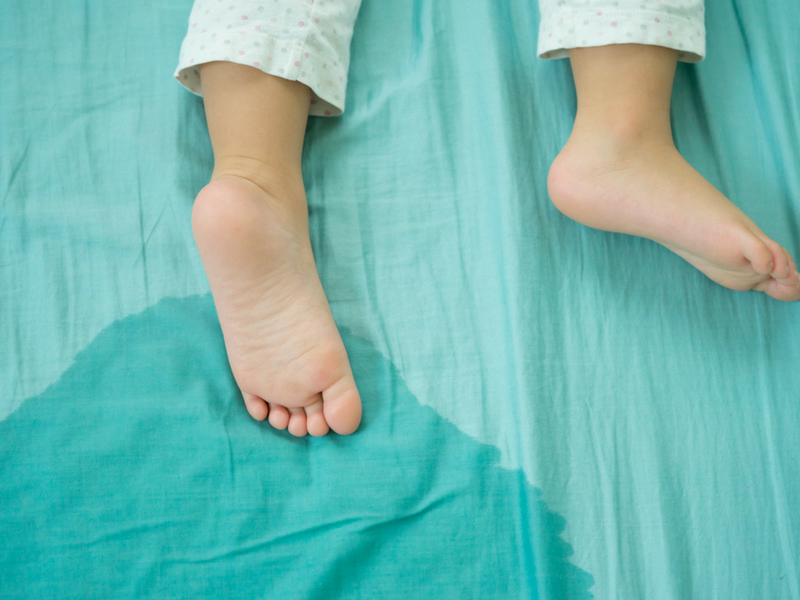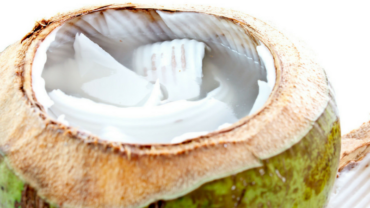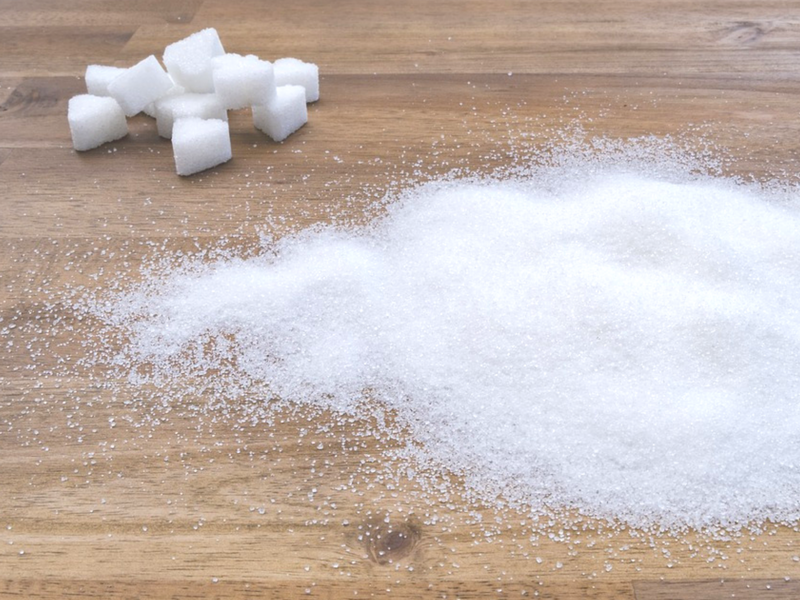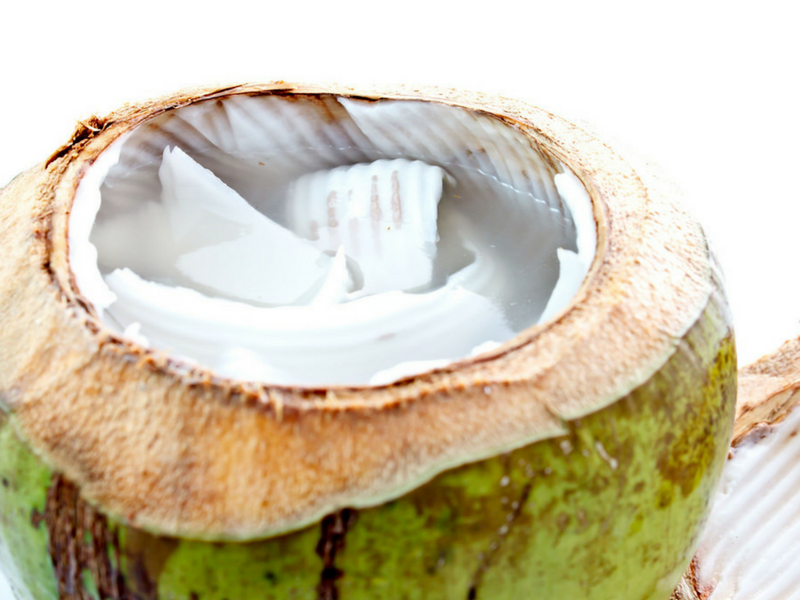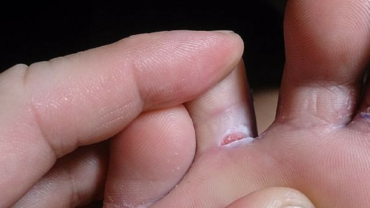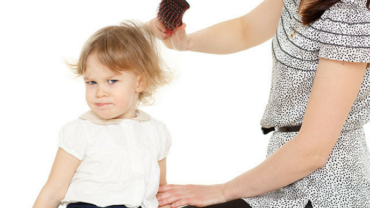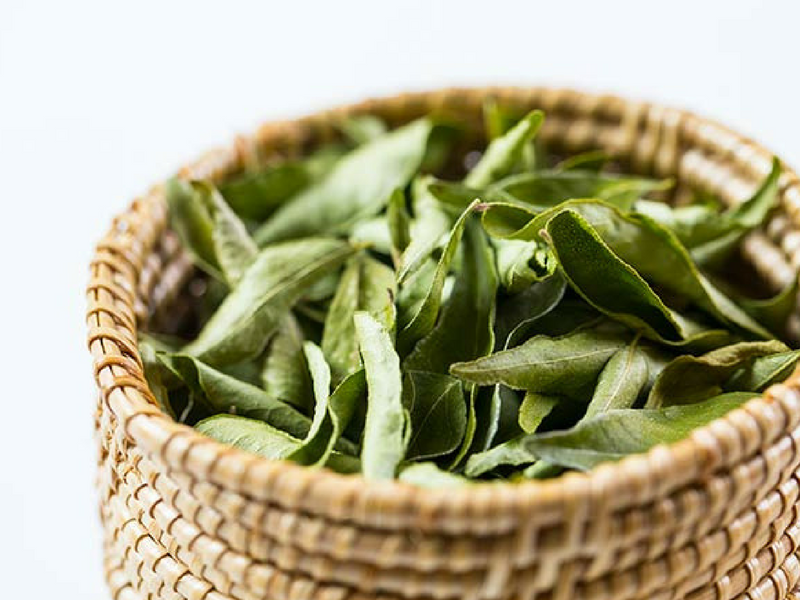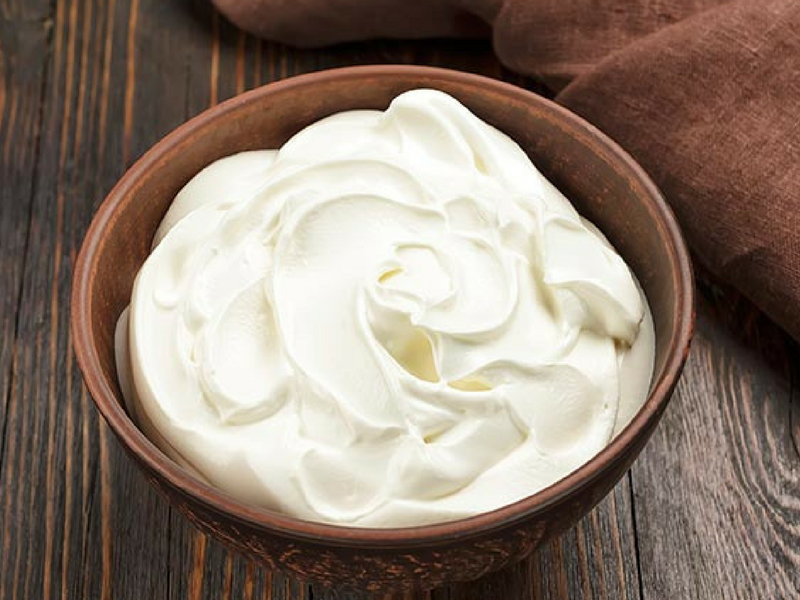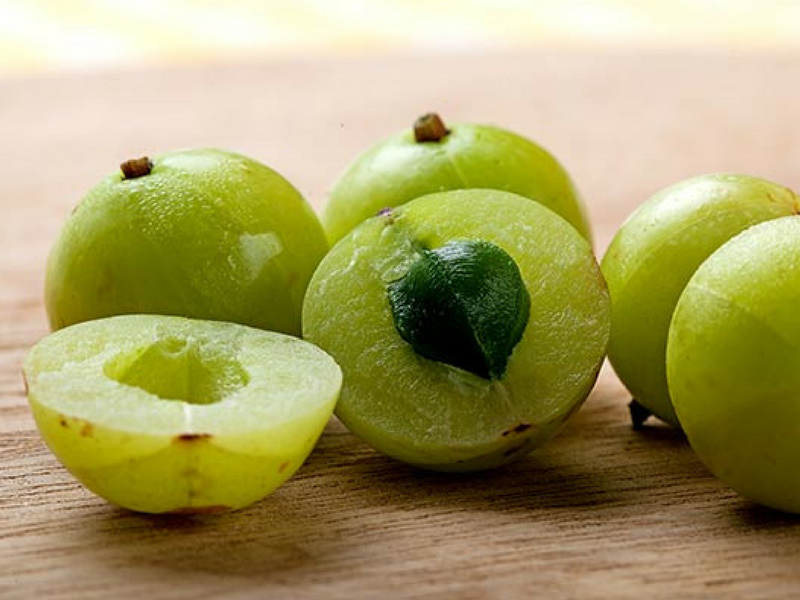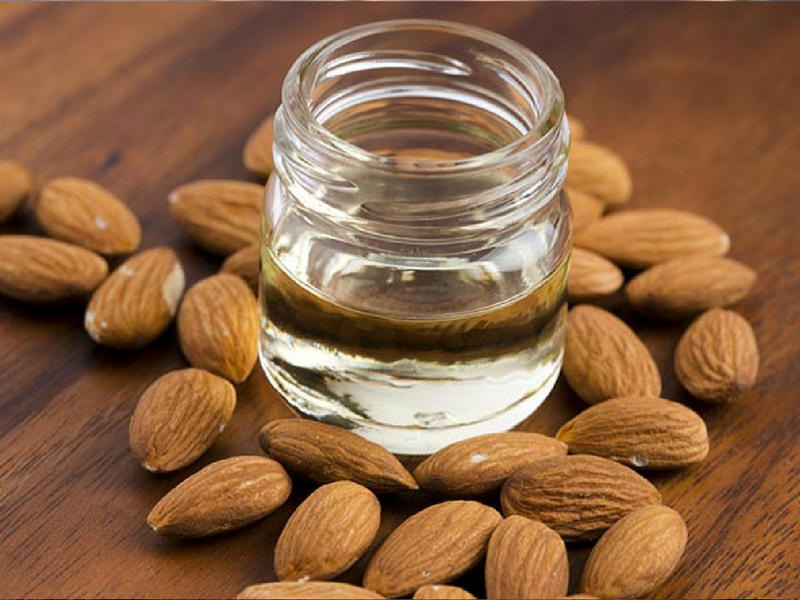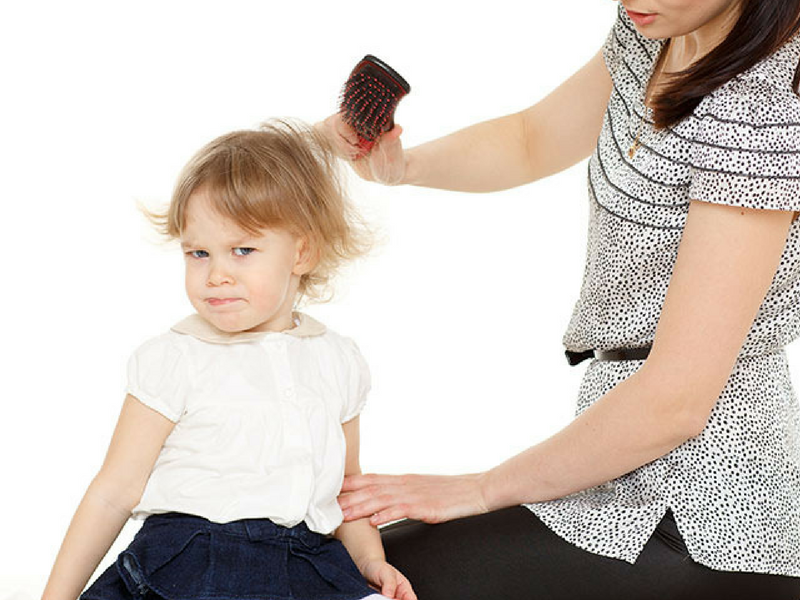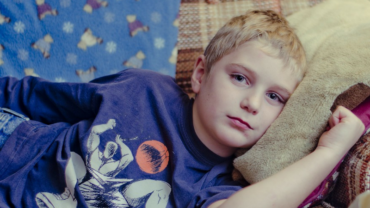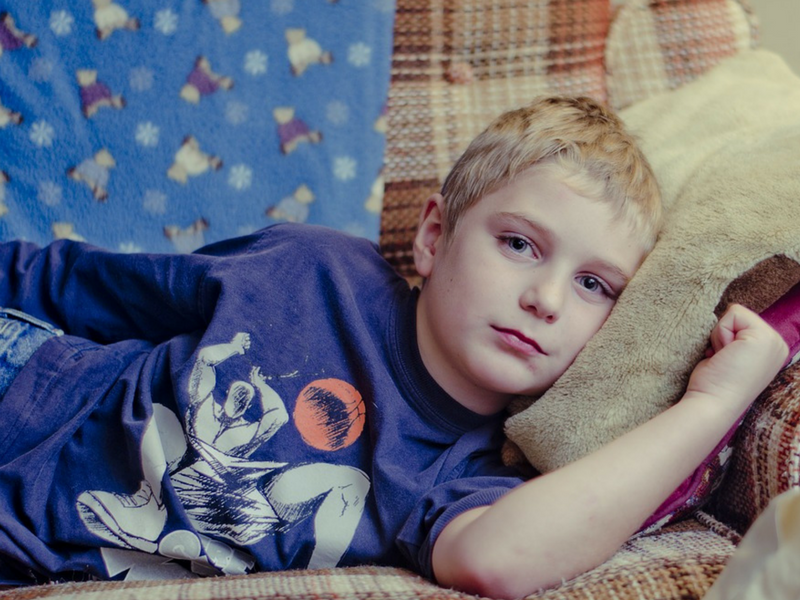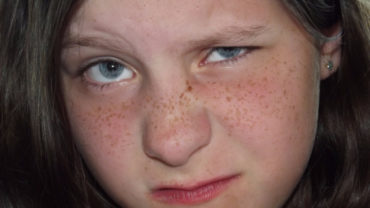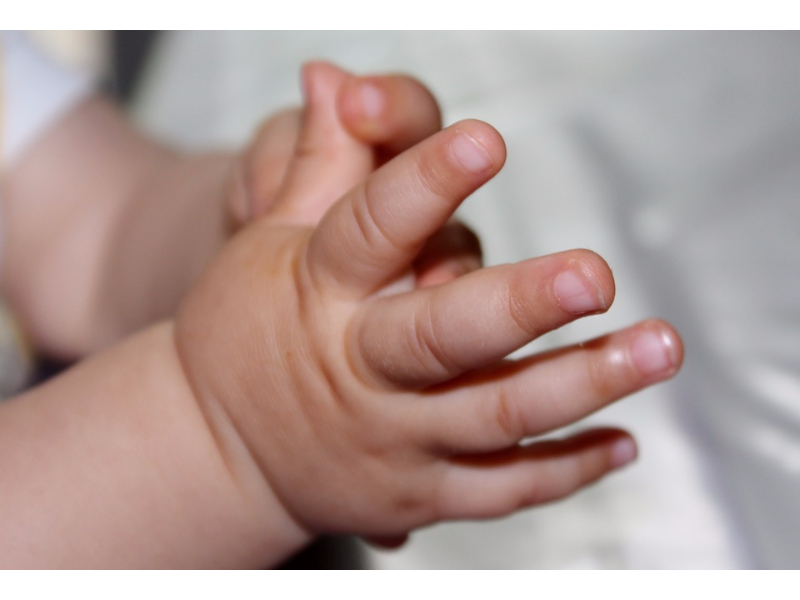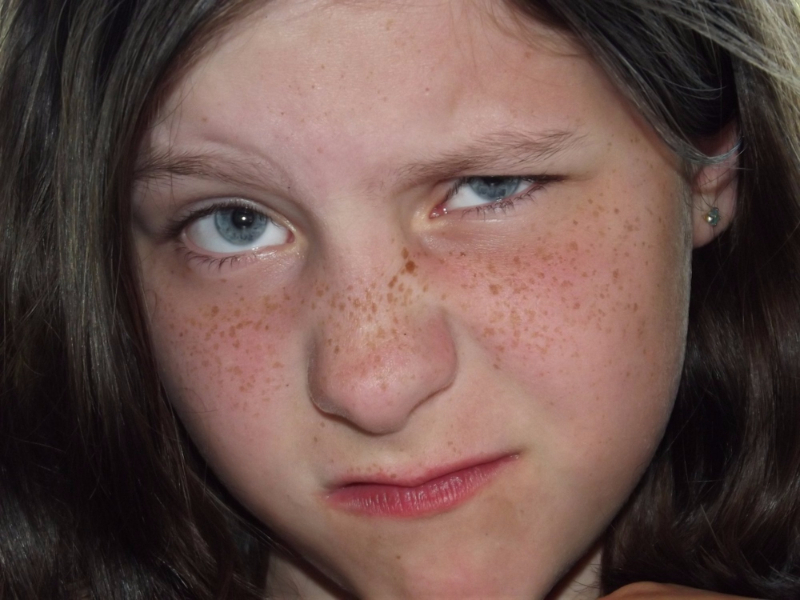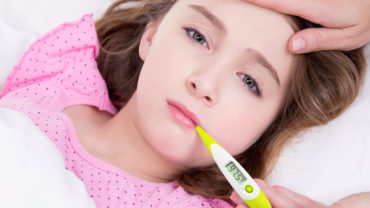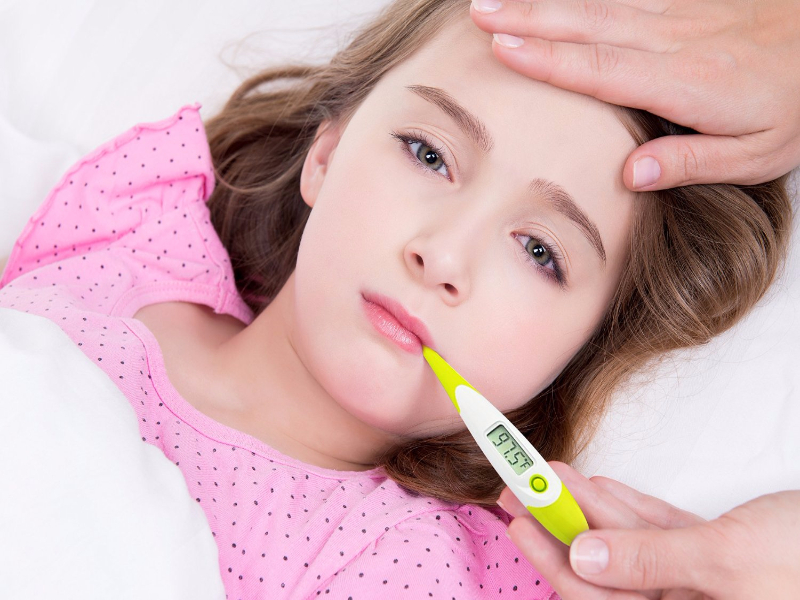Via Mum Junction: Bedwetting In Children: Causes And Home Remedies
Priya was washing the sheets she took off from her son’s bed. He wet his bed last night, “again!” she thought angrily. It was the fifth time this month and Piyush was nine years old! He should have learned by now that it is not okay to wet his bed at night. Besides being angry, Priya was worried too. What if he continues to have this problem?
The thought was terrifying!
Bedwetting in children aged five years or less is common. But if it continues beyond that age, then intervention becomes necessary. MomJunction tells you everything about this problem, right from its causes to treatment options and prevention.
Why Do Kids Wet The Bed?
There are many reasons. But should you be worried about your child wetting the bed? Maybe or maybe not. Keep reading to find out why some children wet the bed.
Types Of Bedwetting
To understand what causes the leak, you need to first know about the types of bedwetting.
Bedwetting can be primary or secondary. The condition is primary if the childhood bedwetting continues without a break. So, if your seven-year-old boy or girl has been wetting the bed since their babyhood without a significant break, then it is primary bedwetting. But if the child has not had a bedwetting incident for a considerable time, at least six months, and then restarts the habit, it is secondary bedwetting.
Causes Of Primary Bedwetting In Children
Bedwetting is a common phenomenon in infants and babies. Usually, most kids outgrow this habit by the time they are three. Others get over it by the time they are five. And some children may continue to wet the bed even when they are in the primary school. The chances are that they aren’t the only ones in the class with the problem.
A few kids continue to have this habit even after seven years, which is then a concern. Primary bedwetting can occur due to the following reasons:
- Maturation delay is the most common cause of primary bedwetting. Generally, the body develops the necessary bladder control, allowing the kids to wake up when they need to pee. But some children don’t have the control and are unable to hold the urine all night, resulting in bedwetting.
- Deep sleep is another reason why the child is not able to wake up to pee. Kids who sleep very deeply sometimes miss the brain’s signal that the bladder is full and end up wetting the bed.
- Poor bathroom habits during daytime can be one of the main reasons for bedwetting. Children are so busy playing that they put off peeing to “later,” which can create a need to urinate often at night.
- The antidiuretic hormone (ADH) prevents the body from creating excess urine at night. If the child’s body is not producing enough of this hormone, then it produces more urine at night. Combined with the lack of bladder control, this can lead to bedwetting in older children.
- Structural abnormality or anatomical anomalies can also result in bedwetting in children.
- Sometimes, genetics can be the reason for bedwetting. According to research, in families where both the parents had nocturnal enuresis (involuntary urination), 44% children are likely to develop the problem. Even if neither parent had the problem, 14% children develop a bedwetting problem。
Bedwetting is no one’s fault. There is no point blaming the kid or scolding them for what they did as that might only add to the stress and make the situation worse.
Causes Of Secondary Bedwetting In Older Children And Teens
Bedwetting, as a problem, is not just limited to young kids. As embarrassing as it may be, the problem is seen in some teenagers as well. Reasons include:
- Some children and even adults have small bladders, which makes it difficult for them to hold even a normal amount of urine. Muscle spasms are another reason why a teen may not have bladder control.
- Teenagers go through a lot of hormonal changes, which could affect their ADH levels. This can result in increased production of urine when they are sleeping.
- Secondary bedwetting, more often than not, is the result of an underlying medical condition. Medical problems such as diabetes, urinary tract infections, and constipation can increase the number of times the child has to urinate during the day and night.
- Psychological problems such as anxiety and stress can sometimes trigger secondary bedwetting in adolescents. If not dealt with early on, it could become a difficult habit. As bedwetting, in turn, causes stress, blaming or reprimanding the child may only worsen the situation.
- Caffeine intake can also increase the need to pee. If your kids have caffeinated drinks before going to bed, chances are they’ll end up with a full bladder before the night is over.
- Abnormalities in the nervous system may cause neurological problems that may have enuresis as a side effect.
So, how to stop bedwetting in older children?
The first step is to visit a pediatrician to find out why your child is wetting the bed. It may not be easy to pinpoint the cause of bedwetting without a proper diagnosis.
Diagnosis Of Bedwetting
Diagnosis includes a physical examination, after which your pediatrician may ask you about the child’s medical history to rule out conditions such as constipation, diabetes, or urinary tract infections. Also, they will ask you about the child’s history of bedwetting to figure out if it is primary or secondary.
If the diagnosis is not clear, the doctor may recommend a urinalysis to test the urine for any signs of infection or disease.
Bedwetting Treatment
Luckily for you, there are different treatment options available for the problem.
Depending on the cause of enuresis, the doctors may prescribe a treatment that involves medication, counseling and lifestyle and diet changes. Medication includes Desmopressin Acetate (DDAVP), which is used to treat the symptoms of the condition. The doctor may also prescribe anticholinergic drugs that help increase the bladder capacity by preventing bladder contractions.
In some rare cases, doctors may also prescribe Imipramine, an antidepressant that is effective in preventing bedwetting.
Lifestyle Changes To Prevent Bedwetting In Kids
Dealing with bedwetting day in and day out can be frustrating. Worse is that your child may be too embarrassed to talk about it and end up tormenting himself. Besides getting the right treatment, you can also try these simple changes in the child’s lifestyle to prevent nocturnal enuresis in children. These tips and tricks will not completely cure bedwetting but will help the child deal with it.
- Reduce liquid intake during the second half of the day. Let the child drink more water during the day and minimize it during the evening and night.
- Avoid giving the child any bladder irritants such as caffeine, which may be present in cocoa or chocolate drinks, at night. Also avoid citrus juices, sweeteners, and artificially flavored drinks like sodas.
- If your child’s daytime bathroom habits are erratic, schedule the breaks through the. Yes, he will say that he “doesn’t have to go”. But encourage him to stick to the schedule. Make sure he goes to the bathroom at least twice within two hours before going to bed.
- Keep the kid hydrated to prevent excessive thirst. Keep a water bottle handy for him to sip water whenever he is thirsty.
- Avoid waking up the child in the middle of the night to go to the bathroom, for that may not help you in the long run. Also, this can make the kid cranky due to sleeplessness.
- Talk to the kids – have an open discussion about the problem. Brainstorm together and ask them to come up with solutions that can work.
- Encourage any progress that the child makes, but not punish for not making any.
- Positive thoughts and reassuring themselves can be helpful for older kids and teens dealing with bedwetting problems.
Medication and lifestyle changes apart, bedwetting alarms are considered one of the most efficient treatments.
Home Remedies For Bedwetting In Kids
You can help your child address the problem with some effort made at home. Here are a few herbal home remedies and exercises you can try:
1. Massage
Massaging the lower abdomen with olive oil can prevent involuntary flexing of the pelvic muscles that result in bedwetting.
- Warm the olive oil a little.
- Massage the lower abdomen with the warm oil to strengthen the urinary tract muscles and the bladder to improve bladder control.
- Massage every day for best results.
2. Bladder exercises
Delay in bladder maturation is one of the most common reasons for bedwetting in children. A few exercises strengthen the muscles of the urinary tract and stretch them to prevent bladder contraction. Here are a few exercises that help in tightening the pelvic muscles and preventing involuntary reflexes.
- A standard practice recommended by doctors is not to pee when they have the urge for it. Holding it for 10-20 minutes longer can help expand the bladder and improve control.
- Another kegel exercise is to hold and squeeze a small ball (the size of a fist) between the thighs (just above the knees). This will strengthen the pelvic muscles.
- Drink more water to exercise the bladder and expand it.
Try these exercises at least twice a day to make the pelvic muscles stronger and improve bladder control.
3. Cinnamon
Cinnamon has antioxidant properties and also keeps away diabetes. So, if the bedwetting is caused due to a bacterial infection or diabetes, a dose of cinnamon every day can help.
- Give the child a piece of cinnamon to chew, every day.
- You could also use cinnamon powder as topping on milk, desserts or bread.
4. Cranberry juice
Cranberry juice is known to suppress urination. Giving your child a small glass of cranberry juice before he goes to bed can be a good idea.
5. Walnuts and raisins
Dry fruits are good for health, but walnuts and raisins together can reduce the frequency of bedwetting in children. Give the kid a light snack of three almonds and two raisins before he goes to bed. Repeat this every day until there is significant progress, and the dry spells are longer.
6. Apple cider vinegar
Apple cider vinegar has many health benefits, one of which is to reduce the acidic levels in the tummy, which could irritate the bowel and lead to bedwetting.
- Apple cider vinegar is acidic, so dilute one spoon of it with a glass of water.
- You can add honey to make it less bitter.
Give this to the child once or twice a day, preferably with a meal.
7. Indian gooseberry
Indian gooseberries are an effective Ayurvedic remedy that you can try to prevent bedwetting.
- De-seed the gooseberries and chop them into small pieces.
- Ground the chopped gooseberries and add honey to the mixture.
- Add a little bit of turmeric and mix it well.
Give one spoon of this once every morning.
8. Honey
Honey is hygroscopic, which means it can absorb the moisture or liquid and hold it. Therefore, it can help the child hold a full bladder until the morning. Give one small teaspoon of honey for a younger kid and one tablespoon if he is a teen.
9. Jaggery
Jaggery increases your child’s body heat and keeps it warm, thus minimizing the bedwetting problem.
- You could give the child a glass of warm milk and a piece of jaggery every morning.
- You can also prepare a treat with roasted sesame seeds and jaggery, combined with a pinch of salt.
Try this for about two months to stop the child’s bedwetting habits. However, be careful not to give the kid too much jaggery as too much body heat is not a good thing either.
10. Mustard seeds
Mustard seeds are recommended to help kids with a urinary tract infection (UTI), which can cause bedwetting in younger children.
- In half a cup of milk, add half a teaspoon of dry mustard powder (fine).
- Give it to the child to drink an hour before bed every day.
Bedwetting Facts
Nearly 85% children outgrow the bedwetting habit by the time they turn five. Almost all of them outgrow bedwetting by the time they turn ten. Only 2% continue to wet the bed until they are 15. Here are some more facts about bedwetting that you must know.
- Bedwetting is more common in boys than in girls.
- The problem usually runs in the family. If either of the parents had a bedwetting problem, the child is likely to have it. Interestingly, they outgrow it at the same age their parents did.
- Bedwetting is not deliberate and is not about poor toilet training.
- Even if your preschooler has overcome the habit, he or she may wet the bed from time to time.
Bedwetting is a major problem for the child, even though they do not want to talk about it. A majority of growing are embarrassed and need all the support they can get. Yes, it can be painfully frustrating to have to wash soiled clothes and bed linen regularly. But the good thing is that this problem can be dealt with the help of medical treatment, as well as the remedies we discussed above.
How do you handle your child’s bedwetting problems? Talk to us about it here.


